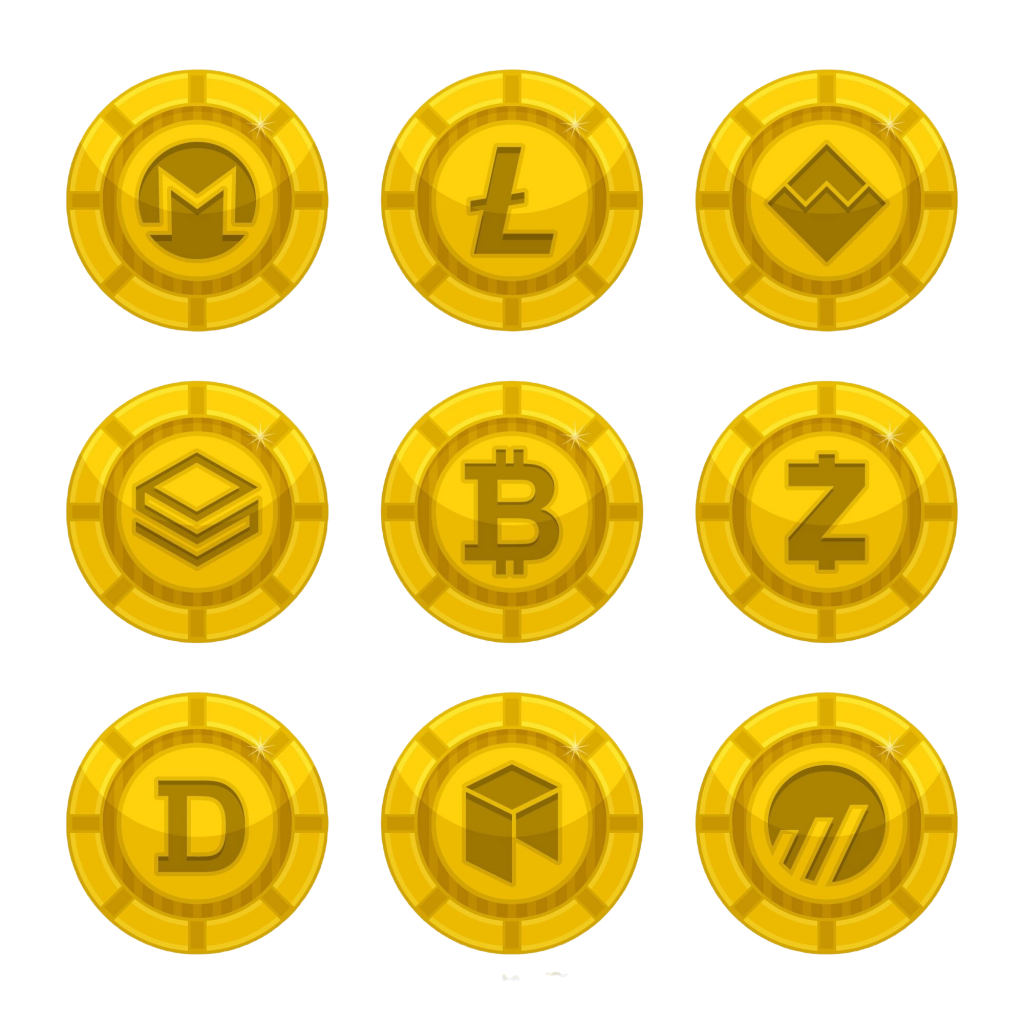Table of Contents
Creating your own cryptocurrency is easier than ever, and it’s possible to do so for free! In this guide, we will go through the steps to help you create your own cryptocurrency in less than an hour using free tools and platforms.
Coins vs. Tokens

Before diving into the creation process, it’s important to understand the difference between coins and tokens:
- Coins operate on their own blockchains; a prominent example is Bitcoin (BTC), which operates on the Bitcoin blockchain. Building a coin requires creating an entirely new blockchain, which can be time-consuming and complex. If this is what you want to do, check out this step by step guide to learn how to create a crypto coin.
- Tokens, on the other hand, are built on top of an existing blockchain like Bitcoin, Ethereum, or Solana. This is the faster and more accessible option for beginners and can be done without much technical knowledge. In this guide, our focus will be on token creation.
Creating your Cryptocurrency
Today, we will learn how to create a token on one of the most popular blockchains: Ethereum. We will learn how to create an ERC20 token, use the OpenZeppelin library, create a dApp using QuickNode, and finally deploy the token on the Ethereum Testnet.
To learn more about how Ethereum works, check out this course which will teach you everything you need to know about Ethereum.
Setting up the Environment
- Install and set up Metamask according to your browser extension.
- Set up a Testnet.
- Fetch cryptocurrency from a crypto faucet.
Since we are demonstrating the creation of a cryptocurrency on the Ethereum blockchain, you can use the Sepolia ETH. To get free Sepolia ETH, click here; feel free to use any other source.
Write your Token Smart Contract
- Go to online Remix IDE.
- Click on Create new file at the top of your file explorer panel and create
MyToken.sol. - Add the following code in
MyToken.sol:
// SPDX-License-Identifier: MIT
pragma solidity ^0.8.20;
import "@openzeppelin/contracts/token/ERC20/ERC20.sol";
contract MyToken is ERC20 {
constructor() ERC20("TropiCoin", "Tropico") {
_mint(msg.sender, 100 * 10 ** ERC20.decimals());
}
}Explanation: This Solidity code defines a custom ERC-20 token by using OpenZeppelin’s pre-built ERC-20 contract. It starts by importing the ERC-20 standard from the OpenZeppelin library, which simplifies token creation by providing core functionality like transferring tokens and checking balances. In the constructor, the token is initialized with the name “TropiCoin” and symbol “Tropico”, and the _mint() function is called to create an initial supply of tokens. This mints 100 tokens (adjusted by decimals() for precision) and assigns them to the contract deployer (the message sender).
Deploy your Token
- Navigate to the sidebar in Remix and go to Compiler.
- Expand the Advanced Configurations menu and select paris for the EVM version.
- Click the button Compile MyToken.sol.
- Navigate to the sidebar in Remix and go to Deploy.
- Select Injected Provider – MetaMask as the Environment. (Note: A MetaMask extension popup should appear showing that it has successfully connected.)
- Click the button Deploy. Voila!
Add Token to MetaMask
Now we will add our token to MetaMask and check if it is working properly.
- Navigate to the sidebar in Remix and go to the Deploy and Run Transactions menu.
- Scroll down to Deployed Contracts list.
- Copy the contract address.
- Navigate to the MetaMask extension.
- In Tokens go to Import tokens.
- Paste the contract address you copied earlier under Import contract address and fill in the other details.
- Click the button Add custom token then Import tokens.
You should now successfully see the minted tokens on MetaMask!
Note: For a detailed guide on how to create a token on Ethereum, check out this free course. It explains all the steps in detail and includes images and GIFs to make it easier to follow.
If you want to try a different blockchain, follow this guide to create a token on Solana. Known for its speed and scalability, Solana can process thousands of transactions per second with low fees. Also, it is designed to be developer-friendly, making it a great option for building blockchain projects.
Conclusion
Creating your own cryptocurrency is now a straightforward process that can be done quickly and without cost, thanks to easily accessible online platforms and tools.
In this guide, we focused on the simpler route of token creation rather than coin creation. The key difference between the two is that coins operate on their own blockchain (like Bitcoin), requiring significant technical effort to build an entire blockchain, whereas tokens are created on top of existing blockchains, making them much easier to develop – especially for beginners.
FAQs
What’s the difference between a coin and a token?
Coins operate on their own blockchain, such as Bitcoin or Ethereum, and typically require extensive resources to build a blockchain from scratch. Tokens, on the other hand, are created on top of existing blockchains like Ethereum or Solana. Coins are generally used as a form of currency, while tokens often represent assets, utilities, or services within a specific project.
Can I create a token on blockchains other than Ethereum?
Yes, you can. However, the process of creating tokens on different blockchains may differ.
Is it necessary to have programming knowledge to create a token?
While having programming knowledge can be beneficial, it is not strictly necessary to create a token. Many user-friendly platforms and tools, such as Remix IDE and OpenZeppelin, offer templates and guided processes that simplify token creation. However, a basic understanding of blockchain technology and smart contracts will help you navigate the process more effectively and customize your token according to your project’s needs.
